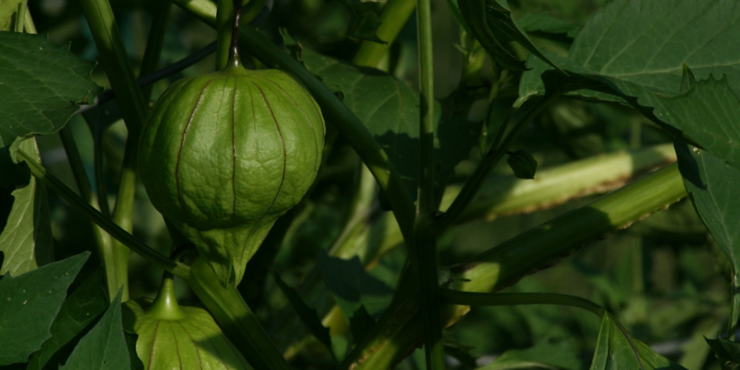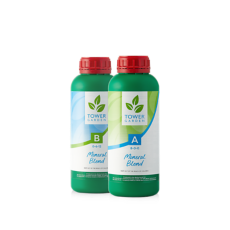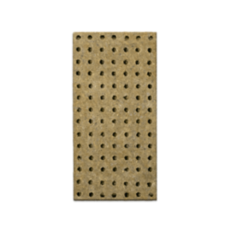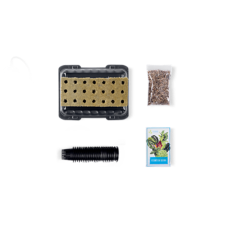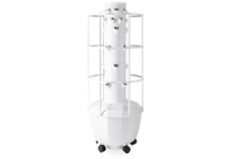Crops You Didn't Know You Could Grow With Tower Garden
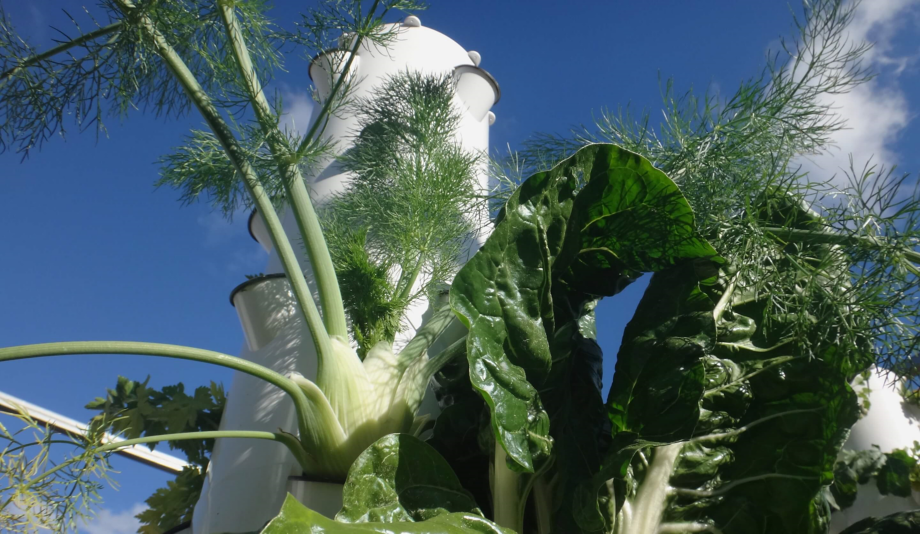
One perk of growing your own food is you get to decide what you grow, and that means you get to decide what you eat. You can make your meals as interesting as you please.
Of course, when it comes to garden planning, it’s smart to grow plants you know you like to eat. But if you’ve got a few growing seasons under your belt and are looking to expand your options — or if you’re feeling adventurous — here are 23 unusual crops you can grow with Tower Garden.
1. Achocha
The characteristics of the achocha plant, also known as the Bolivian cucumber, vary depending on species. Its fruit — which tastes like a cucumber when picked early and like a bell pepper when picked later — may be smooth or have soft spikes.
Achocha is an ancient crop (originally grown by the Incas in South America) and belongs to the cucurbit family, the same family as cucumbers and squash. It’s nearly immune to common cucurbit pests like squash bugs, vine borers, and powdery mildew.
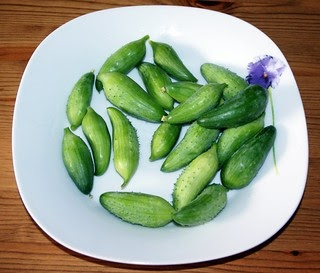
Credit: Thomas Widmann
2. Alpine Strawberries
If you like strawberries, you’ll love this wild, intensely flavoured variety. Alpine strawberries produce small, delightful fruits all season. Grow alpine strawberries just as you would common strawberries.

3. Amaranth
If you’ve tried to grow spinach (particularly in warmer temperatures) and failed, this red-streaked leafy green is for you. It’s one of the few greens that will grow well in hot, humid conditions. It also produces seeds that are similar to quinoa.
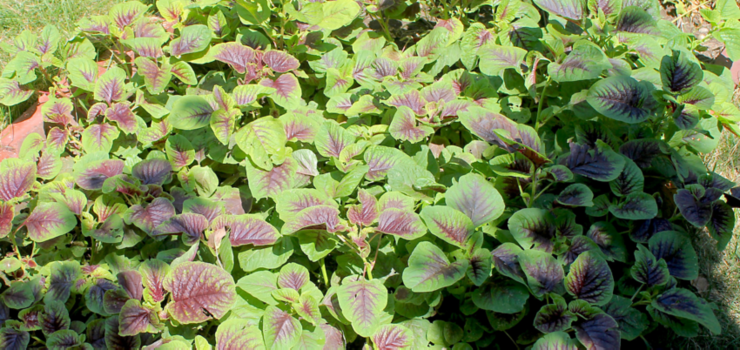
Credit: Connie Ma
4. Black (Indigo Rose) Tomatoes
The Indigo Rose tomato originated at Oregon State University. The team there bred red and purple tomato varieties with the goal of yielding an antioxidant-rich crop.
The visually striking tomatoes are reportedly healthier (containing antioxidants known as anthocyanins) and more savoury than your standard variety. Grow them as you would any other tomato.
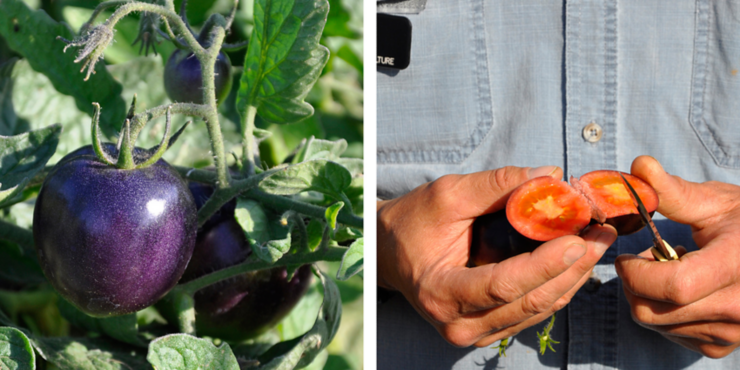
Credit: Oregon State University
5. Brussels Sprouts
Have you ever seen Brussels sprouts still attached to their stalk? There’s something almost prehistoric about them! Still, your Tower Garden should have no problem growing it.
It’s a good idea to locate this plant at or near the bottom of your Tower, as its edible leaves get large and can shade out other plants. And be patient — it can take as long as 90 days before this crop is ready to harvest.
6. Bulb Fennel
A licorice-flavoured herb that flourishes in cooler weather, fennel can give your Tower Garden a feathery flair. And if you’re growing outdoors and let fennel go to seed, its flowers can help attract pollinators.
7. Calabash
Coming in various interesting shapes and sizes, calabash is also known by another, more descriptive name: Bottle gourd. Growers often let the fruit dry and then use the remaining outer shell as a natural container. Growing calabash is much like growing squash or cucumbers.
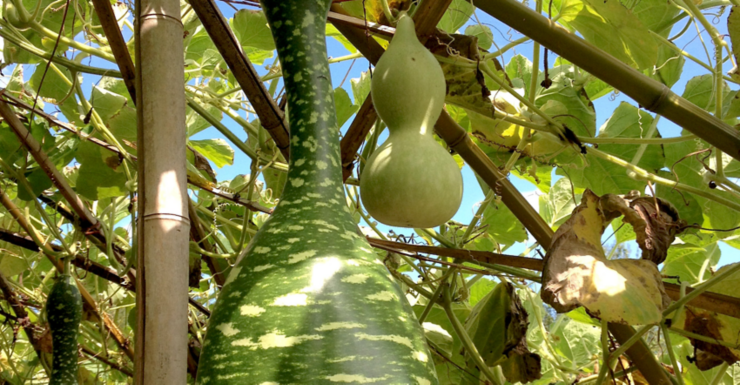
Credit: Emma Wallace
8. Cucamelons
Also known as Mexican or watermelon gherkins, the cucamelon looks like a miniature watermelon. But it tastes more like a tangy cucumber.
Cucamelons have needs similar to those of cucumbers — lots of sun and warm temperatures. That said, cucamelons are actually more cold tolerant and pest resistant than cucumbers.
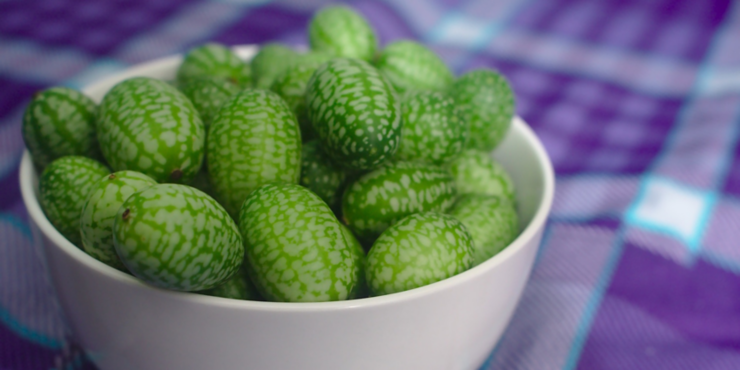
9. Dandelion
Packed with vitamins, calcium, and more, dandelion greens offer more health benefits than some standard greens. True to the phrase “grows like a weed,” dandelions flourish, even when neglected. If you like bitter flavour profiles, dandelion greens offer a bracing addition to salads and sautés.
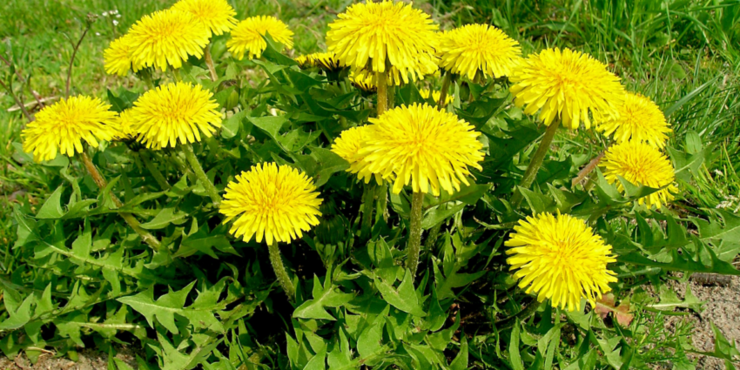
10. Garbanzo Beans (aka chickpeas)
Homemade hummus sounds pretty great, right? Since garbanzo beans grow well in a Tower Garden, it’s pretty easy, too. You can harvest and eat chickpeas fresh, much like snap peas, or let them dry out and store them for later.
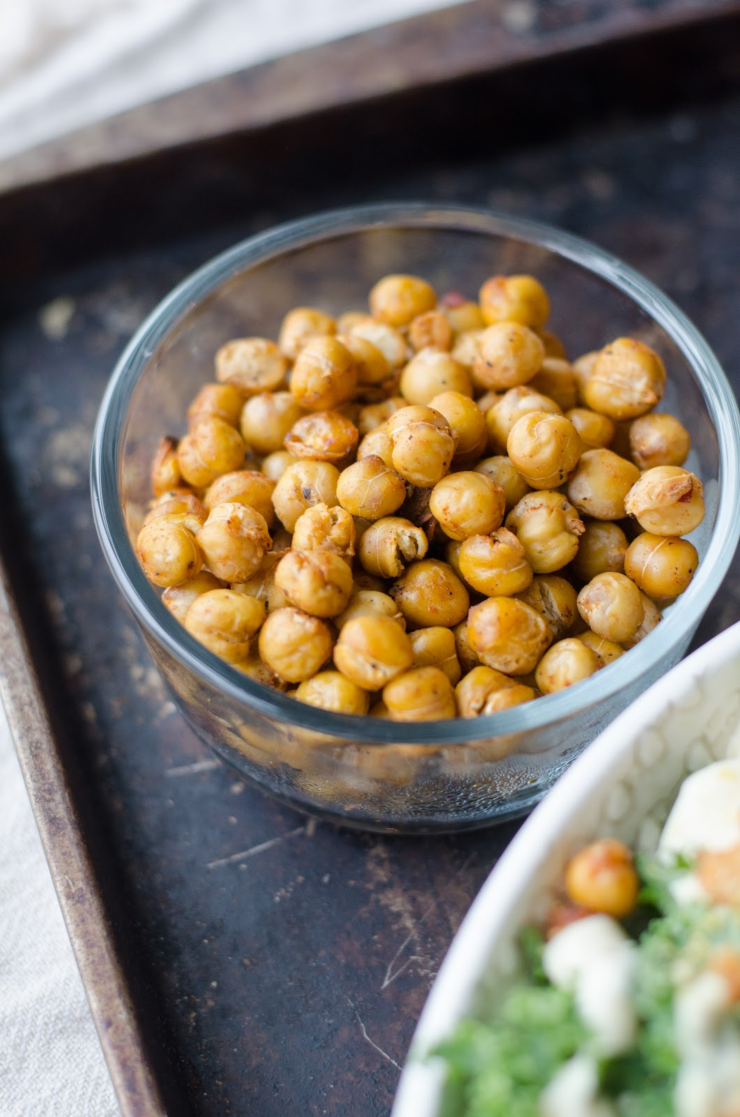
11. Italian Chicory
Italian chicory, also known as Castelfranco radicchio, will add a dramatic pop of red to your Tower Garden. It’s just as hardy and offers the same bittersweet flavour as common chicory.
12. Kalettes®
Kalettes are a cross between two celebrity superfoods: kale and Brussels sprouts. In case you’re wary of how such a mix came about, rest easy: Tozer Seeds developed Kalettes through traditional, non-GMO plant breeding methods.
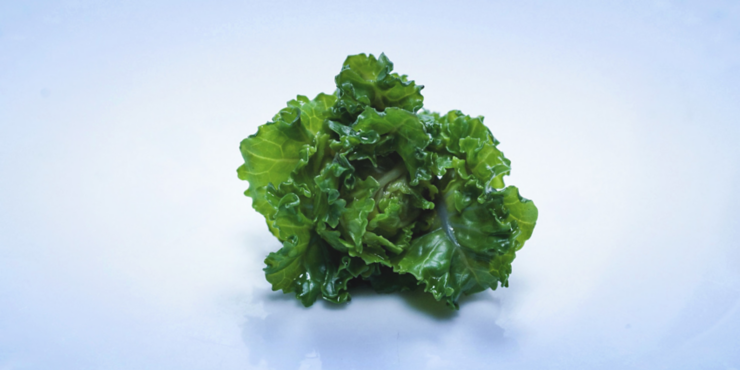
13. Kiwano
This otherworldly-looking crop goes by many names: Kiwano, horned melon, African cucumber, blowfish fruit, and more. With an orange, spiky exterior and a green, juicy interior, this fancy fruit offers a tart taste and cucumber-esque texture. Like other cucurbits on this list, kiwano grows well in a warm, sunny environment.
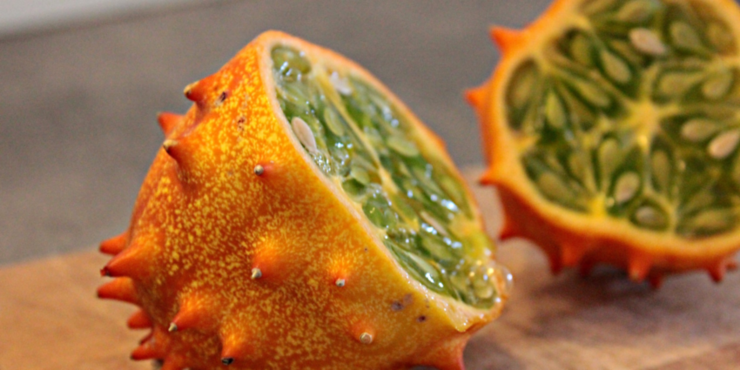
14. Kohlrabi
Available in purple, green, and white, this crop could certainly add visual interest to your Tower Garden! As a member of the cabbage family, kohlrabi prefers cooler temperatures. It has a sweet, mild flavour that’s been described as a cross between a radish and a cucumber.

15. Leeks
Leeks thrive in a Tower Garden and offer a flavour that’s similar to a mild onion. Because they grow tall, it’s best to plant leeks at the top of your Tower Garden. Include them in your cool-season garden plan if you’re growing outdoors, since leeks tolerate lower temperatures.
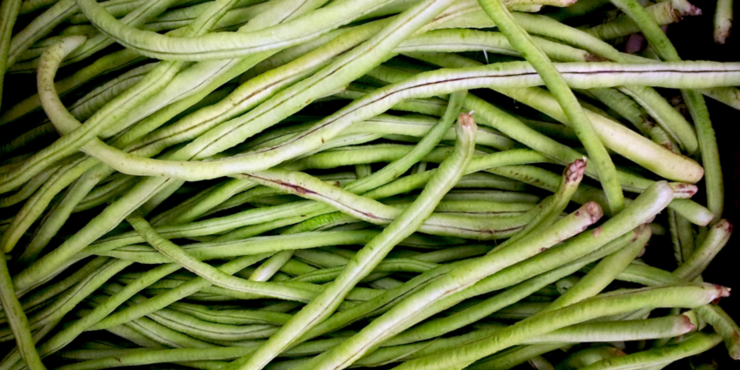
16. Lemongrass
This fragrant grass is incredibly easy to grow. You can even start it from a grocery store cutting (as long as you buy organic; conventionally grown produce is often irradiated, which prevents sprouting). Once your cutting grows roots, move it to your Tower Garden and watch it take off. As with leeks, lemongrass is a good candidate for the top of your Tower.
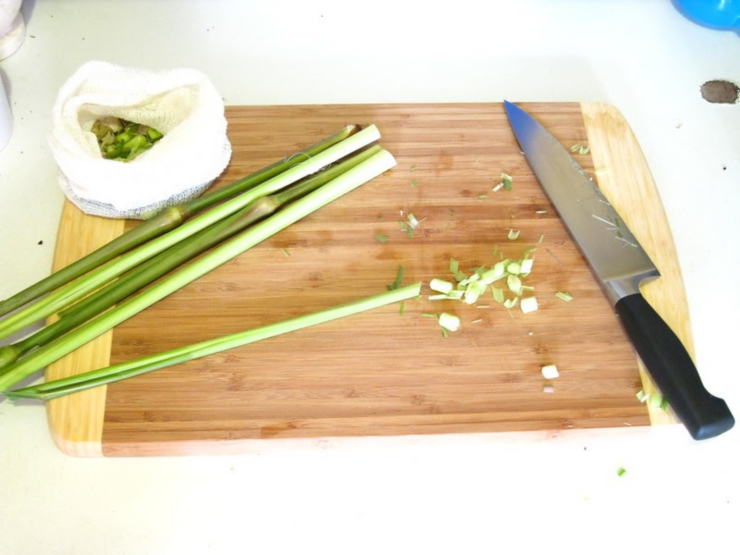
Credit: Kissa
17. Long beans
Also called yard-long beans because the beans can grow from 30-90cm in length, long beans can grow by inches in a single day. They do well in hot, humid environments. When you’re ready to cook them, sauté or stir-fry your beans. Unlike traditional green beans, they’re not as tasty when boiled or steamed.
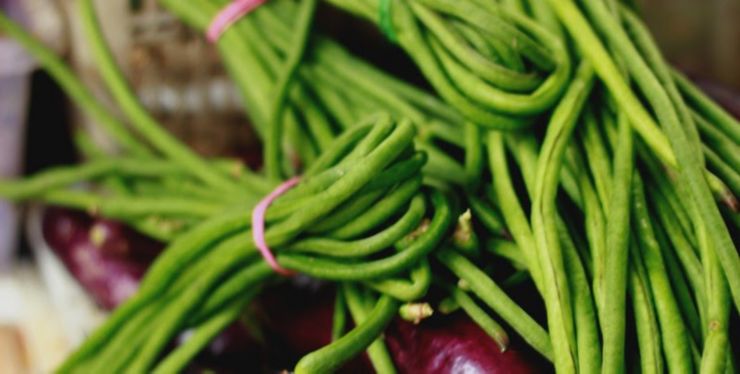
Credit: Richard Ha
18. Luffa
Rather than buy your next bath sponge, why not grow it? Another cucumber relative, the luffa (also commonly spelled loofah) is known for its fruit’s fibrous interior. Once dried, that skeleton can be used as a scrubbing sponge. This multipurpose fruit also is edible when it’s green and relatively small.
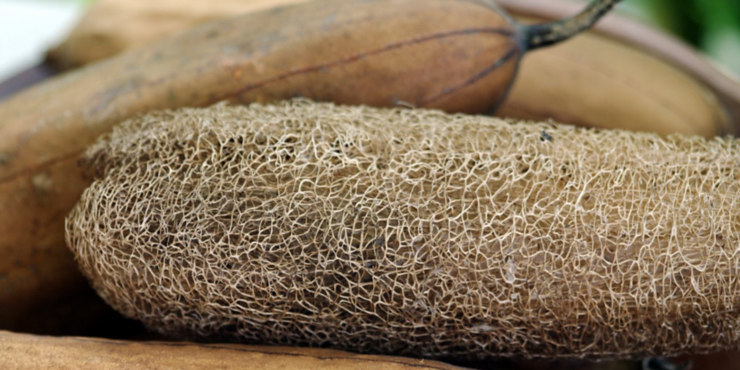
Credit: Guilherme Jofili
19. Passionflower
This plant’s beautiful flowers have an unusual structure. For this reason, large bees, hummingbirds, and bats are the primary pollinators. Many species of passionflower produce small, sweet fruits. And the plant’s foliage is often used as a herb for its reputed calming effects.
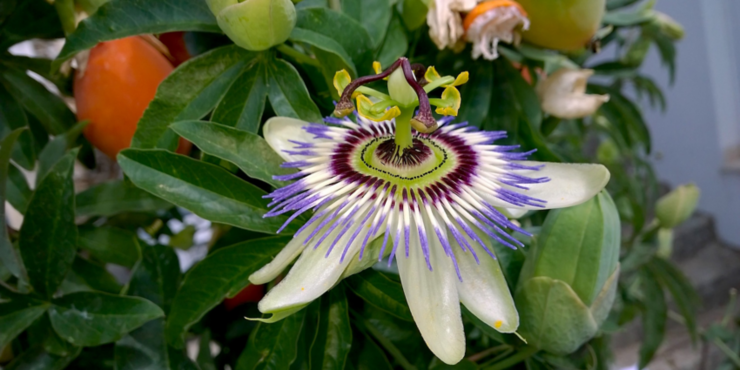
20. Purple Cauliflower
If you liked the black tomatoes above, you’ll probably be interested to know that other crops — such as cauliflower — come in unusual colours, too! This cauliflower produces purple heads that, like the Indigo Rose tomatoes, contain anthocyanins. So in addition to its unique appearance, it may offer more health benefits than standard cauliflower.

21. Romanesco
Mesmerizingly geometric, Romanesco’s signature pattern makes it a natural fractal. In flavour and growing requirements, this fascinating crop is comparable to cauliflower and broccoli, its close relatives.

22. Sorrel
The leafy vegetable’s younger leaves have a sharp, sour taste when eaten raw. For that reason, it’s used sparingly in salads. More often, the crop is added to soups or sauces. Like most greens, sorrel prefers cooler temperatures.
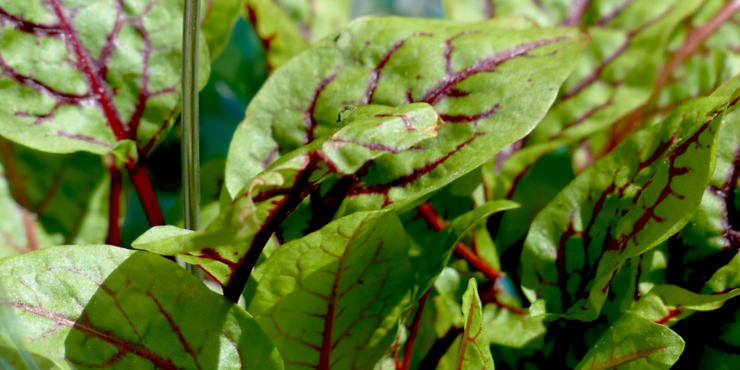
23. Tomatillo
A staple of Mexican and Central American cuisine, the tomatillo’s tart fruit grows in an inedible, papery husk. Tomatillo plants require cross-pollination, so you’ll need to plant at least two crops to ensure a good yield.
